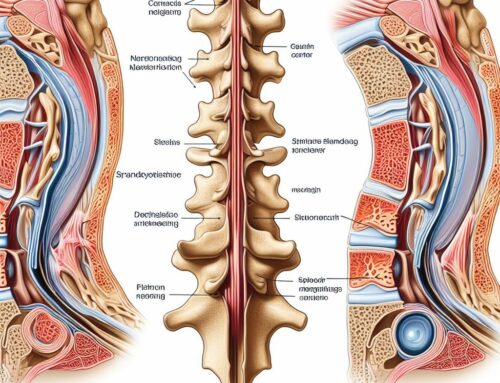Spondylolisthesis, a condition characterized by the displacement of one vertebra over another, can cause pain, reduced mobility, and neurological issues. While non-surgical treatments are often the first line of defense, surgery becomes a viable option when conservative approaches fail to provide relief. In this comprehensive guide, we’ll explore the various types of spondylolisthesis surgery, each tailored to address specific cases and restore spinal stability.
Understanding Spondylolisthesis Surgery
Surgical Interventions for Spondylolisthesis
Spondylolisthesis surgery, also known as spinal fusion, aims to stabilize the spine, relieve pressure on nerves, and correct the misalignment of vertebrae. Surgery is considered when conservative treatments are ineffective, or when symptoms are severe and significantly affect an individual’s quality of life.
Surgical Considerations
The type of spondylolisthesis surgery chosen depends on factors such as the location of the affected vertebrae, the severity of the condition, and the individual’s overall health. Here are some common types of spondylolisthesis surgery:
1. Posterior Lumbar Interbody Fusion (PLIF)
The PLIF Approach
In a PLIF procedure, the surgeon accesses the spine from the back (posterior). The affected disc is removed, and bone graft material is placed in the space to promote fusion. Metal screws and rods are often used to stabilize the spine during healing.
When is PLIF Performed?
PLIF is commonly used to treat spondylolisthesis in the lumbar region. It provides good access to the affected area and allows for efficient fusion.
2. Anterior Lumbar Interbody Fusion (ALIF)
The ALIF Approach
ALIF is performed by accessing the spine from the front (anterior). The damaged disc is removed, and a bone graft is placed in the space. Metal hardware may also be used to support the fusion.
When is ALIF Performed?
ALIF is suitable for treating spondylolisthesis in the lumbar spine, particularly when access from the front provides the best outcome. This approach can restore spinal stability while reducing the risk of nerve damage.
3. Transforaminal Lumbar Interbody Fusion (TLIF)
The TLIF Approach
TLIF surgery accesses the spine from the back and uses a single incision. It involves the removal of the affected disc and insertion of a bone graft to promote fusion. Metal screws and rods may be used to stabilize the spine.
When is TLIF Performed?
TLIF is effective in treating lumbar spondylolisthesis, particularly when nerve decompression is required. The single incision approach minimizes tissue disruption.
4. Laminectomy and Fusion
Laminectomy for Decompression
Laminectomy is performed to relieve pressure on the spinal cord and nerves. It involves removing the lamina, a part of the vertebra, to create space.
Fusion for Stability
After laminectomy, fusion surgery is often performed to stabilize the spine. Bone graft material and hardware are used to promote fusion and correct the spondylolisthesis.
When is Laminectomy and Fusion Performed?
This combined approach is used when spondylolisthesis has caused spinal cord compression and nerve damage. Laminectomy decompresses the nerves, while fusion stabilizes the spine.
5. Minimally Invasive Surgery (MIS)
The MIS Advantage
Minimally invasive spondylolisthesis surgery involves smaller incisions and specialized instruments. It minimizes tissue damage, reduces scarring, and shortens recovery time.
When is MIS Performed?
MIS is used when treating spondylolisthesis, and the surgeon believes that minimal disruption to surrounding tissues is beneficial.
Recovery and Rehabilitation
Post-Surgery Care
Recovery after spondylolisthesis surgery varies depending on the type of procedure and individual factors. Physical therapy, restrictions on certain activities, and regular follow-up appointments with your surgeon are common components of post-surgery care.
Conclusion: Choosing the Right Surgical Approach
Spondylolisthesis surgery plays a crucial role in restoring spinal stability and alleviating pain and discomfort. The choice of surgical approach depends on the specific needs of the individual, the location of the spondylolisthesis, and the severity of the condition. It’s important to work closely with your healthcare provider to determine the most appropriate type of surgery to address your spondylolisthesis and regain your quality of life.











Get Social